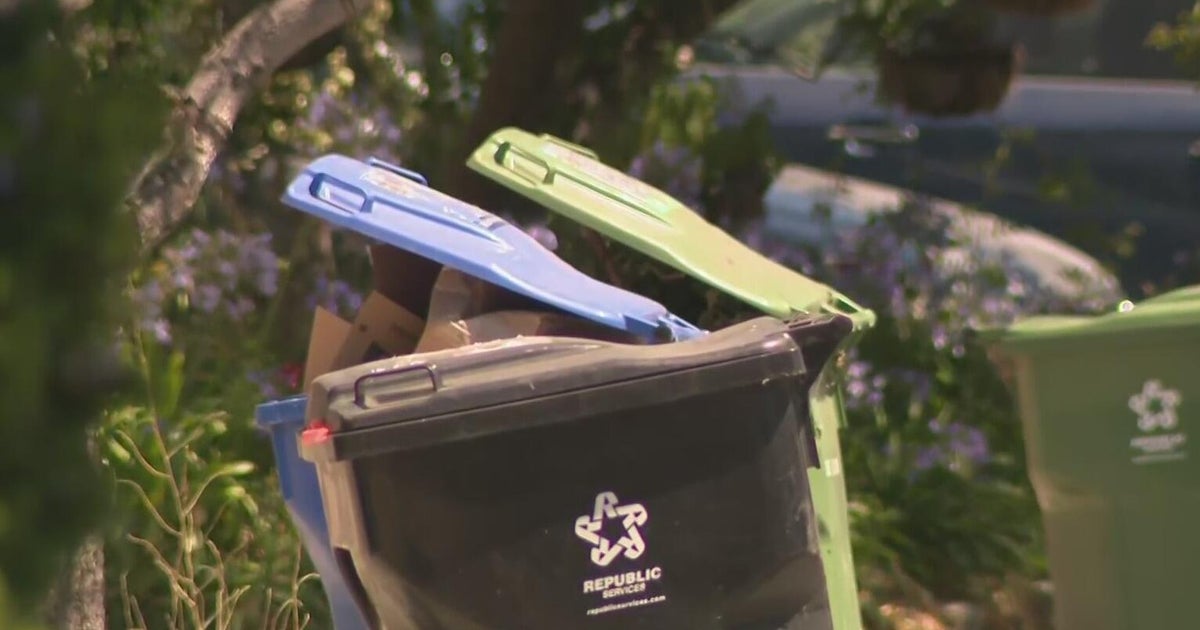COVID Reopenings: Despite Easing Of Local COVID-19 Restrictions, Public Transit Ridership Slow To Rebound
OAKLAND (CBS SF) -- More than seven months into the COVID-19 pandemic, most people still avoid public transit.
AC Transit, San Francisco Muni, Caltrain, BART, and other Bay Area agencies continue to report extremely low ridership numbers even though health officials say no COVID-19 outbreaks have been linked to buses or trains.
"So I've seen the studies," said Ian Doyle, a former BART rider who lives in San Francisco. "But it still just kind of the psychological feeling that I'm just not ready to begin going back to public transit."
Some riders point to the fear factor.
"This is actually the first time I've been back on BART in about six months," said Chris Reid as he was waiting for a train at the Lafayette BART station.
He said he was a daily BART rider before the pandemic.
San Francisco Muni officials said ridership is at just 22 percent of pre-pandemic level. BART is 13 percent. Caltrain is even worse, ridership is 5 percent of pre-pandemic level.
"I came to the station and it was virtually empty," Reid said. "So I figured 'Hey, about as safe as it's going to get.'"
Doctors and scientists said with the robust ventilation systems on buses and trains, public transit is much safer than indoor dining and grocery shopping. In fact, BART reported an entire car's air is replaced every 70 seconds.
"I think as long as you can maintain 6 feet distance and everybody has masks on, which they're supposed to," said Dr. George Rutherford, a UCSF epidemiologist. "I like the idea of buses where they can open windows and get some ventilation through it.
Rutherford is 67 years old and still takes BART. He said BART's new pilot program to upgrade its air filter will boost commuter confidence. Right now, BART uses Merv-8 filters. They're testing Merv-14 filters, which are denser and more effective in trapping airborne particles.
"(We're) going to a filter that's going to filter 90% smaller particles (compared to the Merv-8 filter)," said Ben Holland, BART manager of Vehicle Systems Engineering.
BART is also testing UV light in one train car, using it to kill the COVID-19 virus when it enters the ventilation system.
"We're just really excited about being able to deploy such a simple technology that's going to have such a dramatic improvement to the air quality," said Holland.
"Does it increase by 100%? No. Increases somewhat and I'm glad they're doing it. It makes me feel even safer," said Rutherford.
Passengers said the changes could help to ease the hesitation."
"With those types of upgrades, I'm absolutely way more confident in it," said Doyle.
The changes won't happen overnight. If BART decides to move forward, they could start to use the Merv-14 filters around next summer. The UV light would take longer, around next fall, since they have to add the light rods to all 1,000 train cars.
Passengers complained BART trains can be crowded during the morning commute on certain days. BART said while they don't have people who can enforce social distancing, they do provide the opportunity for people to socially distance by using longer trains during commute hours.
They ask riders to look for cars that aren't as packed or wait for the next train.



